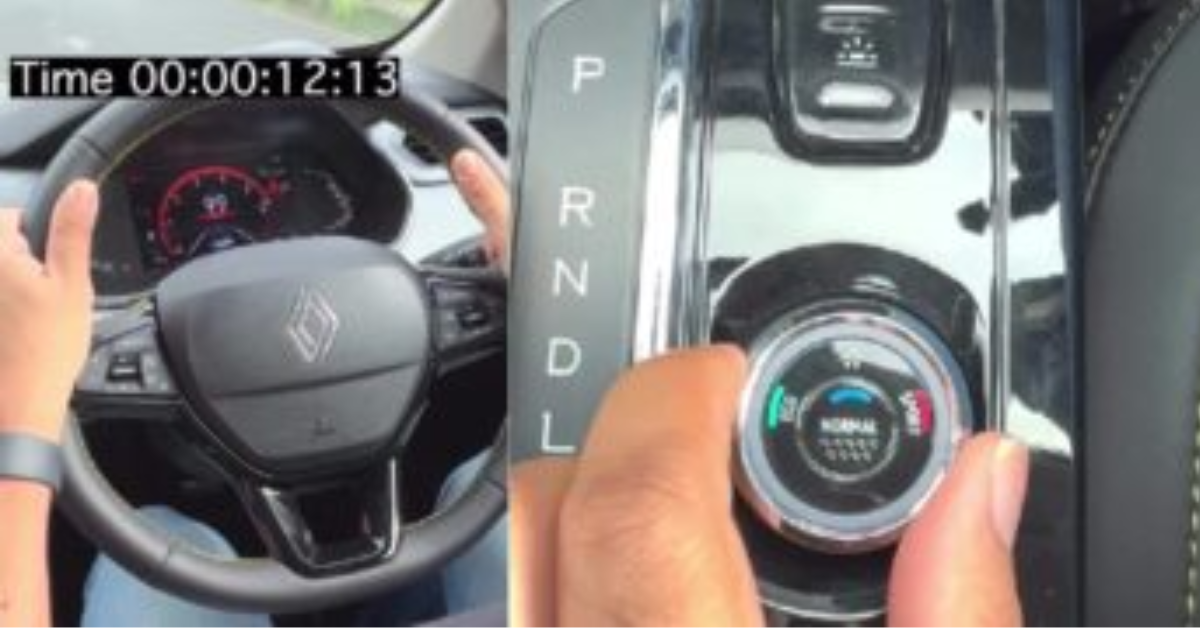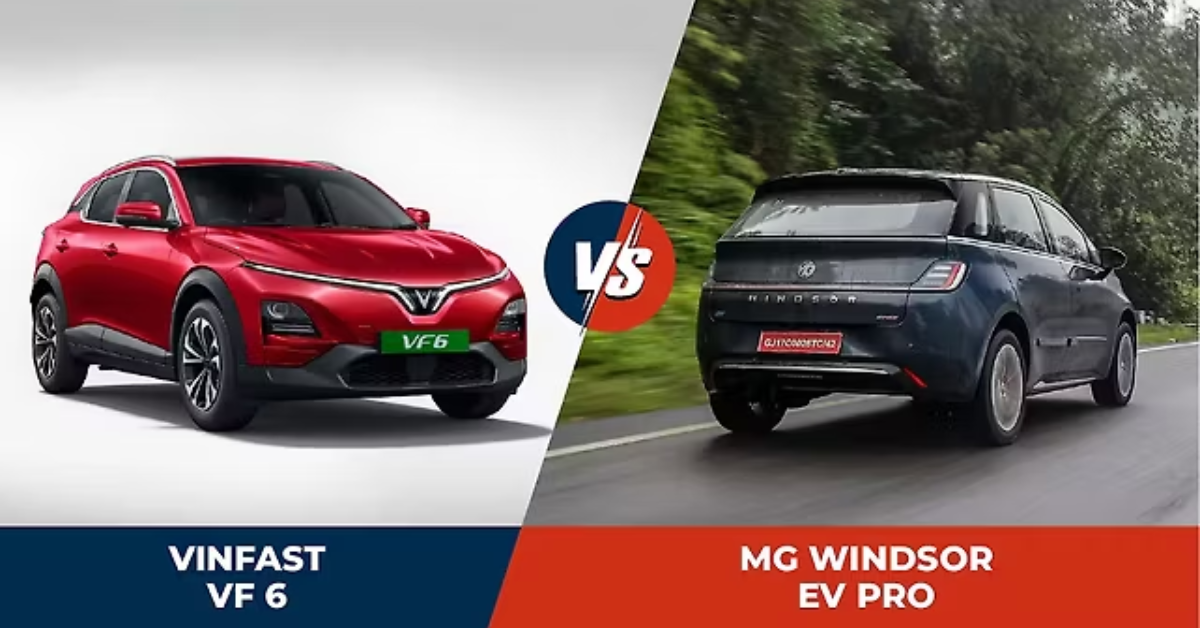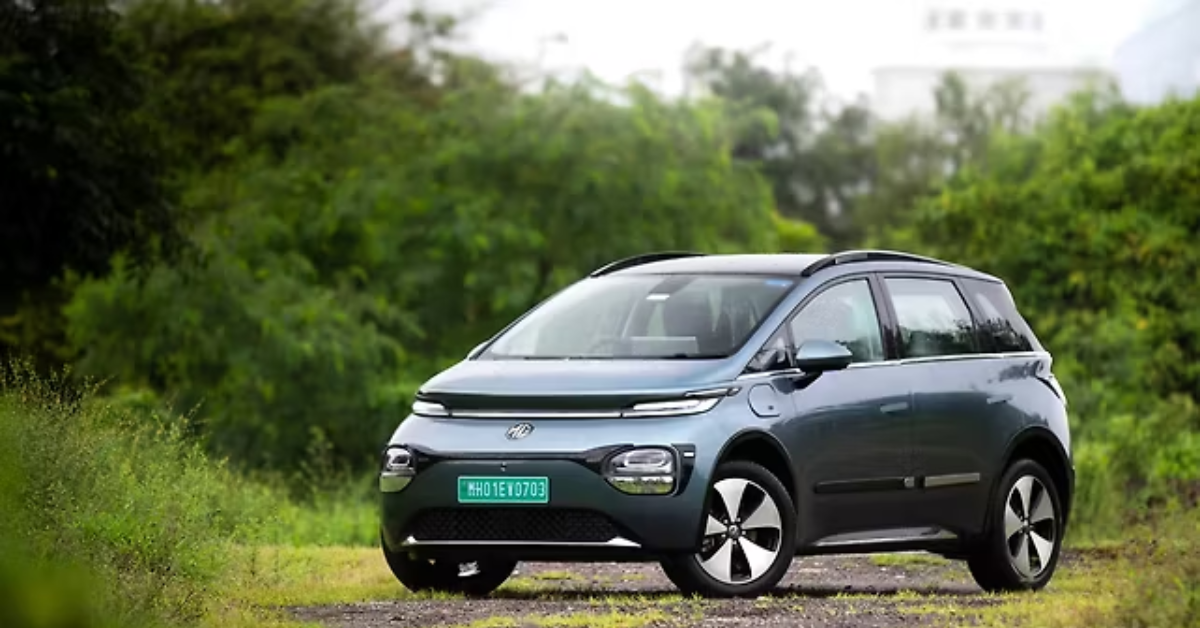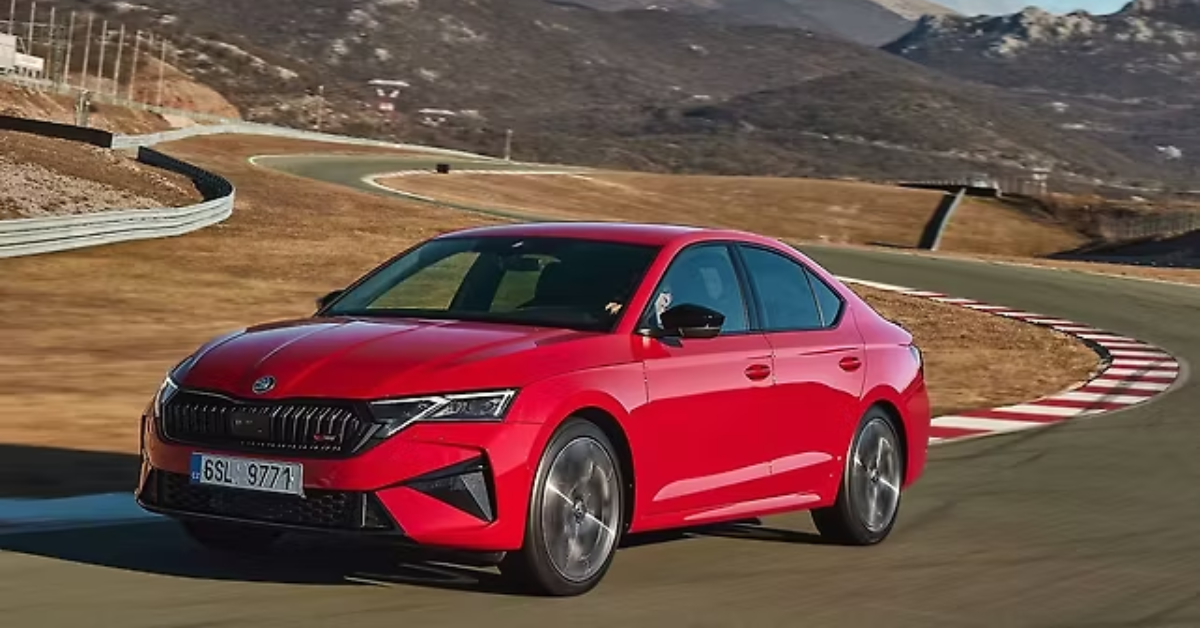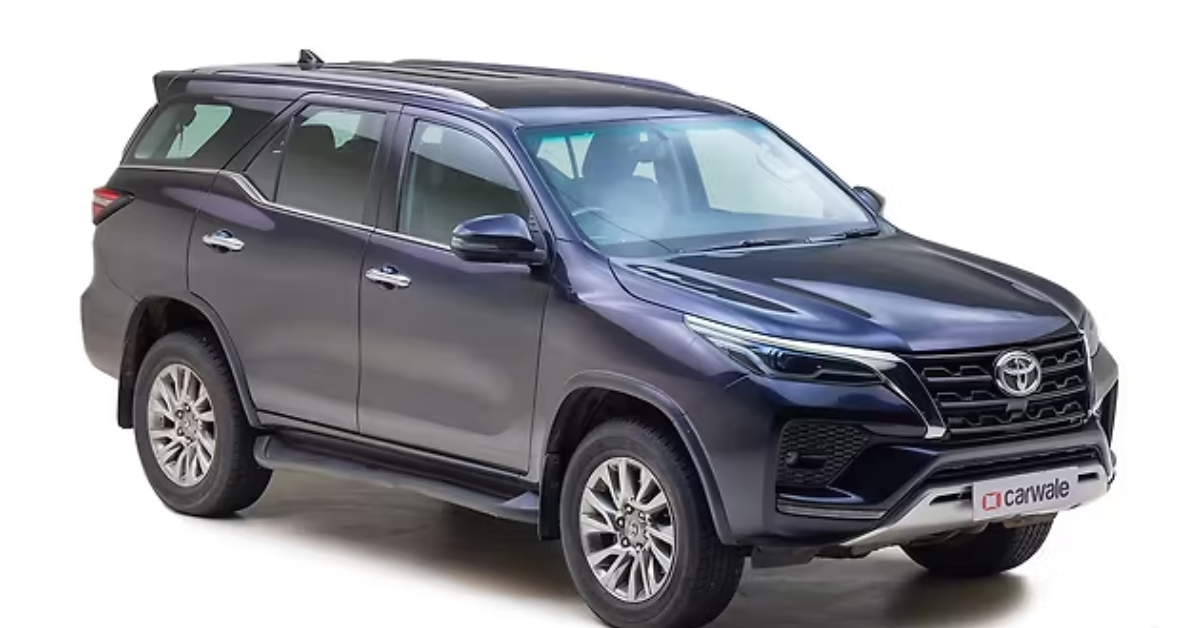The compact SUV segment in India has grown rapidly over the past few years, and Renault’s Kiger has been a popular contender thanks to its stylish design, practicality, and value-for-money pricing. With the arrival of the new Renault Kiger facelift, the company aims to make the SUV even more appealing. While styling updates and new features draw initial attention, many enthusiasts want to know one important thing: how quick is the new Renault Kiger from 0-100 km/h?
In this blog, we’ll take a closer look at the Renault Kiger facelift’s 0-100 km/h acceleration test, analyze its engine performance, discuss the real-world driving experience, and see how it stacks up against its rivals in terms of speed and agility.
The New Renault Kiger Facelift – What’s Changed?
Before diving into the performance numbers, let’s highlight what’s new in the facelifted model:
- Updated Exterior Styling: The front fascia now gets a refreshed grille design, sleeker LED headlights, and a more muscular bumper, making the SUV look sharper.
- Interior Upgrades: Better material quality, new seat upholstery, and a larger infotainment system add to the premium feel.
- Tech & Features: Wireless Android Auto/Apple CarPlay, advanced safety tech like six airbags in higher trims, and a digital instrument cluster enhance its modern appeal.
- Engine Lineup: The Kiger facelift continues to offer two engine options – a 1.0L naturally aspirated petrol and a 1.0L turbocharged petrol engine, paired with both manual and automatic transmissions.
The facelift might not have introduced an entirely new powertrain, but Renault claims the engines are now tuned for better refinement and efficiency.
Renault Kiger Facelift – 0-100 km/h Acceleration Test
The star of this review is the much-anticipated 0-100 km/h acceleration test. Car buyers in this segment often look for a balance between performance and fuel economy, so let’s see how the Kiger performs.
1.0L Naturally Aspirated Petrol (NA):
- Power: 72 PS
- Torque: 96 Nm
- Transmission: 5-speed manual / AMT
- 0-100 km/h Time: ~14-15 seconds (manual)
This version is best suited for city driving. The acceleration is adequate for daily commutes but not particularly exciting. While it takes its time to hit triple digits, it delivers smooth power delivery and good mileage.
1.0L Turbocharged Petrol:
- Power: 100 PS
- Torque: 160 Nm (152 Nm with CVT)
- Transmission: 5-speed manual / CVT automatic
- 0-100 km/h Time (Manual): ~10.2 – 10.5 seconds
- 0-100 km/h Time (CVT): ~11.5 seconds
The turbo-petrol variant is where the Kiger truly shines. With strong mid-range torque, it feels peppy and eager to accelerate. In real-world conditions, the turbo engine makes overtaking easy and highway cruising comfortable. The manual transmission is the quicker option, while the CVT offers a more relaxed, smooth experience.
Real-World Driving Impressions
While acceleration figures are important, the overall driving feel matters just as much. Here’s how the Kiger facelift fares:
- City Driving:
- The NA petrol feels light and easy to handle in stop-go traffic.
- The turbo-petrol with CVT makes driving effortless, especially in congested roads.
- Highway Performance:
- The turbocharged engine is the better companion for long trips.
- Overtaking is quick and confident.
- Stability at higher speeds has improved with better suspension tuning.
- Ride & Handling:
- The Kiger strikes a balance between comfort and control.
- Suspension absorbs bumps well, making it suitable for Indian roads.
- Steering is light in the city but weighs up decently at higher speeds.
- Braking:
- Disc-drum setup works effectively.
- Braking distances are well within segment standards, ensuring confidence.
How Does It Compare With Rivals?
The compact SUV space is highly competitive with models like the Tata Punch, Nissan Magnite, Hyundai Exter, and Maruti Fronx. Here’s how the Kiger stacks up in terms of 0-100 km/h performance:
- Tata Punch (1.2L Petrol NA): ~13.5 – 14 sec
- Nissan Magnite (1.0L Turbo): ~10 sec (manual)
- Hyundai Exter (1.2L Petrol NA): ~13 sec
- Maruti Fronx (1.0L Turbo): ~9.8 – 10 sec
The Kiger Turbo performs competitively, coming close to the Magnite and Fronx. For those who prioritize performance, the turbo variant makes a strong case.
Fuel Efficiency vs Acceleration
While the Kiger turbo delivers impressive acceleration, Renault has also managed to maintain decent mileage figures.
- Kiger NA Petrol: ~18-19 km/l (ARAI)
- Kiger Turbo Manual: ~19 km/l (ARAI)
- Kiger Turbo CVT: ~17-18 km/l (ARAI)
This makes the Kiger a well-rounded package – you don’t have to sacrifice fuel efficiency entirely for performance.
Final Verdict
The Renault Kiger facelift builds on the strengths of the original model while refining its design, features, and driving feel. When it comes to the 0-100 km/h acceleration test, the turbocharged variant stands out as one of the quicker options in its class. The naturally aspirated version is ideal for budget-conscious, city-focused buyers, while the turbo variant is for those who enjoy spirited driving and frequent highway runs.
If you’re looking for a compact SUV that offers style, practicality, fuel efficiency, and respectable performance, the Renault Kiger facelift deserves a spot on your shortlist. The 0-100 km/h results confirm that Renault has managed to strike a fine balance between fun and functionality.
